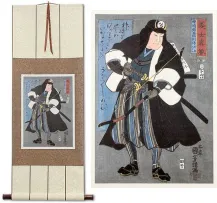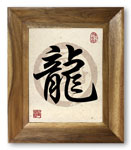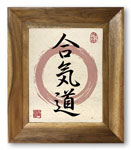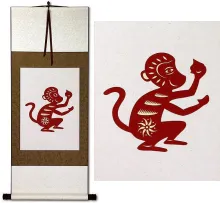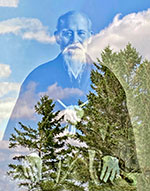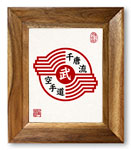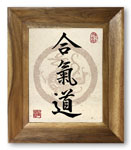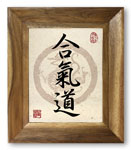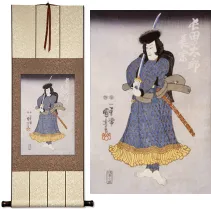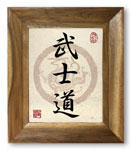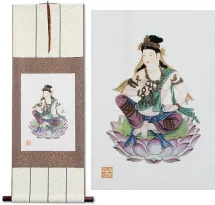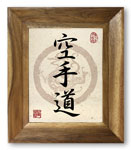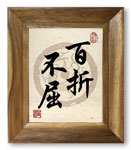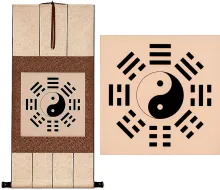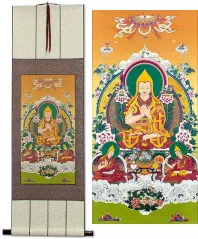Utagawa Of The Matsubaya
Japanese Print
Wall Scroll

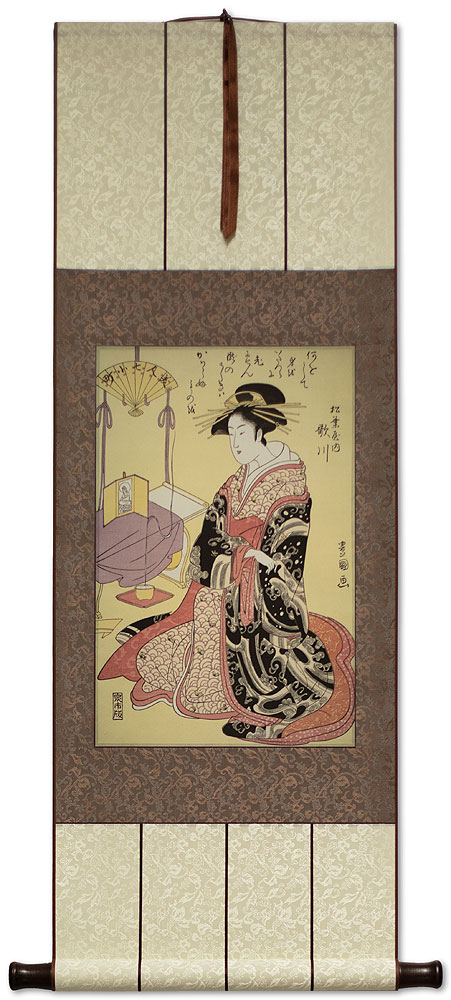
41½"
18¼"
• Delivered to you in Columbus by Dec 27th.
• Standard shipping is just $3.80 for any order.
• Just 3 in stock now.
• Fine Art Giclée Print.
• Handmade Wall Scroll.
• Money-Back Guarantee.

This artwork will look great in your home or office.
Approximate Measurements
Artwork Panel: 28.2cm x 43.6cm ≈ 11" x 17¼"
Silk/Brocade: 37.3cm x 105.5cm ≈ 14¾" x 41½"
Width at Wooden Knobs: 46.3cm ≈ 18¼"
Information about caring for your wall scrollSee Larger Image






Utagawa of the Matsubaya
Matsuba okunai Utagawa
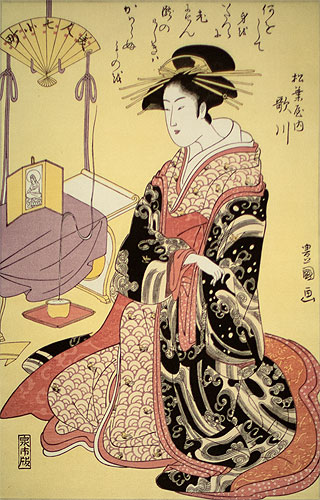
Close up view of the artwork mounted to this silk brocade wall scroll
This features the courtesan Utagawa of the Matsubaya sitting beside a small personal altar or shrine with an image of a deity, a thin line of smoke rising from an incense burner on a red lacquer tray below. She wears a striking black outer kimono patterned with splashing waves and trimmed with red.
Original artist: Utagawa Toyokuni I / 歌川豊国初代 (1769–1825). And yes, he shares the name "Utagawa" with the courtesan subject of this artwork.
The original woodblock was created in Japan between 1793 and 1797. I bought a more recent (early 1900s) print that has excellent color - over 100 years old but well preserved with no fading. I imaged that with my new Canon EOS 5D in my photo studio, removed some blemishes digitally, and made a great image for you.
Some of the characters on this print include:
豊國画 (Toyokuni's painting).
美人七小町 (Bijin nana Komachi) is printed on the fan, indicating that this is from the "Beauties as the Seven Komachi" series.
A stamp: [泉市版] (Izumi-shi edition) indicating that 和泉屋市兵衛 (Izumiya Ichibei) is the printmaker of this addition.
There is also presumably a poem, written in a kana style (cursive) that I can't read (most native Japanese could not either), so you will have to use your imagination for that part.
About Real Japanese Woodblock Prints
Woodblock printing, often considered the precursor to the modern printing press, was first developed in China and later brought to Japan, where artists refined the technique into a unique art form. In Japan, these prints are called 木版畫 ("Moku Hanga"). Most were created during the Edo period (1603–1867), though production continued into the early 20th century.
Japanese artists would first create a "template painting" depicting scenes of daily life, including women washing clothes, men writing poetry, samurai battles, and occasionally more dramatic subjects. These template images, known as 浮世絵 (Ukiyo-e, or "Floating World"), were then carved into wood by skilled artisans. Another specialist applied wet ink or pigments to the carved blocks, and a sheet of handmade paper was pressed on to create the final print. This collaborative process produced vibrant, detailed artworks much faster than hand-painting hundreds of copies.
About This Reproduction
Original Japanese woodblock prints from the Edo period can sell for $800 to $20,000. Our prints are high-quality reproductions, crafted to capture the look and feel of the originals, though experts will recognize them as reproductions.
We use authentic handmade kozo (mulberry) paper—the same paper Japanese printmakers used centuries ago. Archival, UV-resistant pigment inks ensure long-lasting color, with laboratory testing showing up to 95 years of fade-free enjoyment if kept out of direct sunlight. Each reproduction is carefully color-corrected and restored, bringing the Edo period artwork to life for your wall.

Photographer Jeremy Cowart and the Canon imagePROGRAF PRO-2000 giclée printer used to create these reproductions.
Printing on delicate handmade paper is challenging. After testing multiple high-end printers, we found the Canon imagePROGRAF PRO-2000 delivers the precision and quality needed, using 12 archival inks and 18,432 nozzles. Each print is then sent to our Beijing workshop, where it is mounted into a handmade wall scroll, ready-to-hang without the need for expensive framing, giving your piece an authentic Japanese look.
Because the original artist has long passed, these works are public domain. In some cases, we license high-resolution scans of original prints, or even scan 200-year-old originals ourselves. This dedication ensures you receive a stunning Japanese woodblock print reproduction at an affordable price, making traditional Asian art accessible to everyone.
Want a custom wall scroll or unique print size? Just contact us!
We can print larger sizes, choose your preferred paper texture, and select silk brocade colors. Ready-to-frame prints can ship in days, while custom wall scrolls may take several weeks. Either way, the result is a truly one-of-a-kind piece of Japanese art.
This item was listed or modified
Jul 18th, 2022
